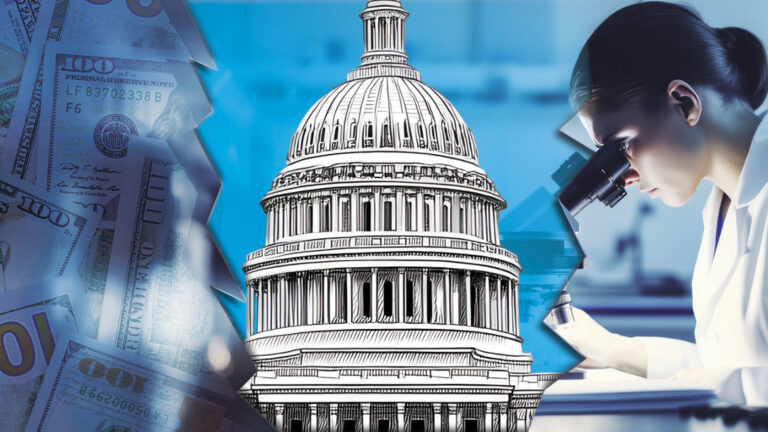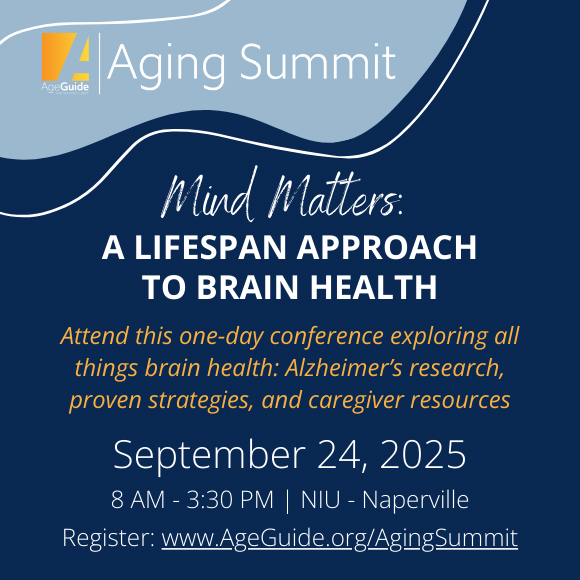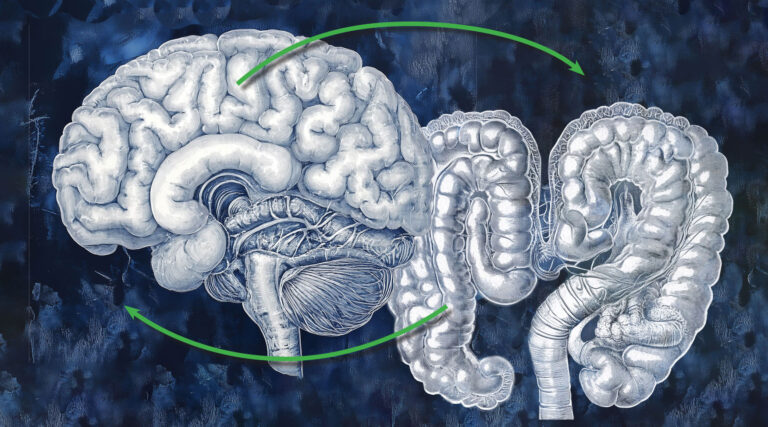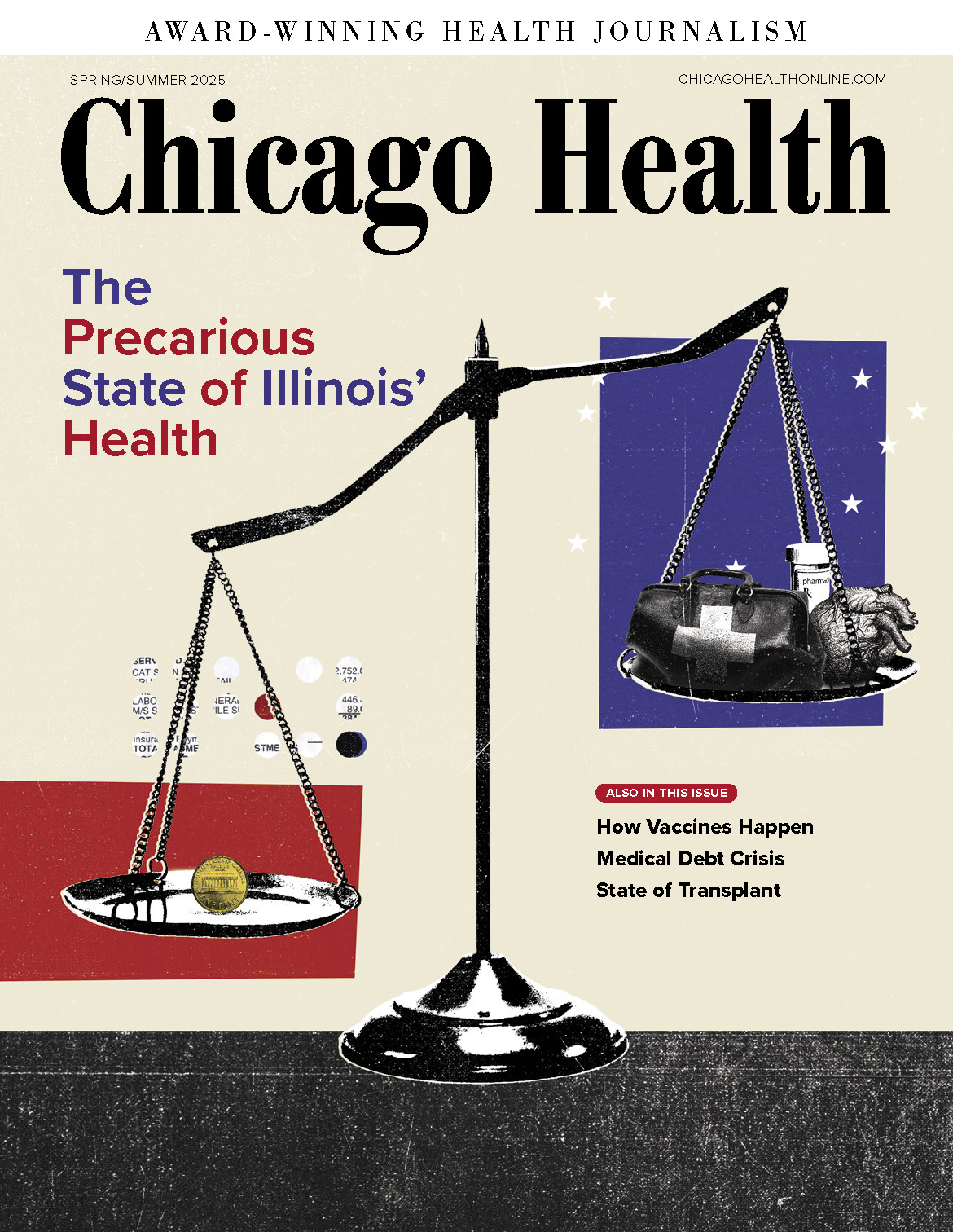
Anushree (Anu) is a freelance writer who often covers medicine, science, and higher education. She recently graduated from the University of Chicago with a double major in biological sciences and history.
![]() Fact checked by Ros Lederman
Fact checked by Ros Lederman
Dementia studies come under fire as the Trump administration puts universities and medical research on the chopping block
Like Alzheimer’s disease researchers across the country, those in Chicago are grappling with funding threats and bureaucratic delays from the federal government — putting vital dementia studies at risk and potentially stalling patient care. Scientists are scrambling to keep pace with shifting federal directives, retain staff, and preserve patient-facing clinical trials.
Jesse Smith, PhD,* a researcher from a major academic medical institution in Chicago, requested to remain anonymous for this story. “I have had colleagues who have lost their grants and had to shut down parts of their labs or all of their labs,” the researcher says.
At the Northwestern University Mesulam Center for Cognitive Neurology and Alzheimer’s Disease, Sandra Weintraub, PhD, professor of psychiatry and neurology, says the government has delayed funding award notices for multiple researchers she knows. “And we don’t know what’s going to happen with that,” she adds.
The stakes are high: About 1 in 9 adults over age 65 has Alzheimer’s disease, a progressive neurodegenerative disorder that impairs memory and cognitive function. The disease poses enormous challenges not only to patients and families, but also to the healthcare system. The Alzheimer’s Association reports that in 2024, Medicare spent nearly $1 in every $6 on the disease.
Although there is no cure, the past decade has seen rapid progress — including breakthrough drugs — largely due to the National Alzheimer’s Project Act (NAPA). Signed into law in 2011, NAPA created a national strategic plan to combat the disease.
It also paved the way for advances in disease modeling and drug-target identification. The National Institute on Aging (NIA), part of the National Institutes of Health (NIH), dramatically increased support for dementia clinical trials — from just 38 in 2015 to 495 in 2025.
Now, scientists fear that progress may stall.
“This makes no sense at all, these changes that are coming about,” Weintraub says. “Research on Alzheimer’s is really important because our population is aging. If we don’t have ways of at least managing it and educating people so that we can live with it better, it’s disastrous.”
A broad assault on biomedical research
Many scientists see the Trump administration as mounting a broad assault on science, medicine, and the universities that conduct this research. These cuts in federal funding include:
• $2.5 billion from Harvard University
• $800 million from Johns Hopkins University
• $790 million from Northwestern University
• $400 million from Columbia University
• $175 million from the University of Pennsylvania
Alzheimer’s research is just one casualty. And it’s no surprise:
In March, nearly 2,000 members of the National Academies of Sciences, Engineering, and Medicine signed onto a letter warning the public about the Trump administration’s attacks on science.
The administration paused all Department of Health and Human Services communications and meetings in January. Among the affected groups were NIH study sections — which review medical research grant proposals — and advisory council meetings. Although the government lifted both bans roughly three months later, the delays had already created significant bottlenecks.
Further uncertainty followed in February when a directive slashed millions in NIH support for “indirect” costs — the overhead expenses for maintaining labs, equipment, and staff.
Trump administration stopped $65 million in grant renewals for 14 Alzheimer’s research centers.
Scientists warned that the cuts would severely hinder U.S.-based research. In response, institutions filed multiple lawsuits, including one joined by the University of Chicago and 15 other plaintiffs. A temporary restraining order — followed by a permanent injunction — blocked the directive. Still, the NIH went on to terminate thousands of grants.
Then came a February “Dear Colleague” letter from the Department of Education, threatening to withhold federal funds from any school that considers race in admissions and programs. The letter fueled sentiments that medical research — particularly at universities — is under sustained attack.
Delayed grants, ever-changing rules
As 1 of 35 Alzheimer’s Disease Research Centers funded by the NIA nationwide, Northwestern’s Mesulam Center is part of a research network now in limbo.
Alzheimer’s research first drew national attention after U.S. Senator Tammy Baldwin (D-WI) revealed in mid-March that the Trump administration stopped $65 million in grant renewals for 14 Alzheimer’s research centers.
Northwestern’s center was not among those 14, but it has received funding for more than 30 years, and its five-year renewal is due in 2026. Weintraub says future cuts remain possible.
The centers also share standardized data and biological samples. Disruptions at any one site could ripple through the entire network.
The NIA’s standards are rigorous, Weintraub says. “We have to give a progress report of what we have accomplished in the past year, and then it’s judged as to whether or not we continue to get funded.”
Other types of Alzheimer’s funding — outside the core research centers — have taken a hit too, including grants to independent research groups, including one looking at the link between Alzheimer’s disease and diabetes. Smith notes that the impact on clinical trials related to aging and Alzheimer’s disease has been particularly acute.
“We were part way through getting an answer, and now that work has stopped,” the researcher says. “That has concerns for safety; you can’t just pull the plug on a trial where intervention is being delivered. It’s not ethically okay.”
Constantly shifting guidance and the resulting chaos create another major obstacle, both researchers say.
“It’s difficult to really encompass all of the impacts of the changes the new administration has made because they’re still changing every day,” Smith says. “What I can say is that it is impacting the research.”
Weintraub agrees. “Things are unsettled, in disarray, and no one knows what is going on. Rules change from day to day. Things go up and down like a yo-yo.”
The result: research disrupted by bureaucratic fiat. “The uncertainty, in and of itself, hinders researchers’ ability to plan ahead — delaying hiring, reducing applicant pools, and slowing project ramp-up,” Smith says. “Otherwise, we could be spending ourtime and effort actually doing the work that we were funded to do.”
Patients pay the price
People living with Alzheimer’s — and their caregivers — are feeling the effects. In the short term, trial participants may face interruptions. In the long term, ongoing research disruptions mean delays in future therapies.
Without continued research, Weintraub says, patients and families suffer. “Families bear the financial and emotional burden of caregiving. This is all part of the ripple effect of not dealing with this public health issue that will continue to grow.”
Smith is also deeply concerned about the future of Alzheimer’s research in the U.S.
“Other countries see this as an opportunity to recruit researchers out of the U.S. and into their regions,” Smith says, referring to the phenomenon known as “brain drain.”
In a Nature poll conducted in March, 75% of U.S.-based scientists reported considering a move abroad.
The chaos has also led to a decline in research participation. Some participants, particularly those from Canada, are unsure whether to continue, Smith says. Others are simply turned off by the instability: “They have lost trust in the research system.”
Still, universities are trying to shield researchers. “[Northwestern], as others, is doing the best it can to help researchers whose funding has or will be frozen,” Weintraub says. “This can’t go on forever, and hopefully the government will eventually recognize, and go back to what they were elected to do, which is to serve all people.”
*Name changed at the researcher’s request to protect their identity.









